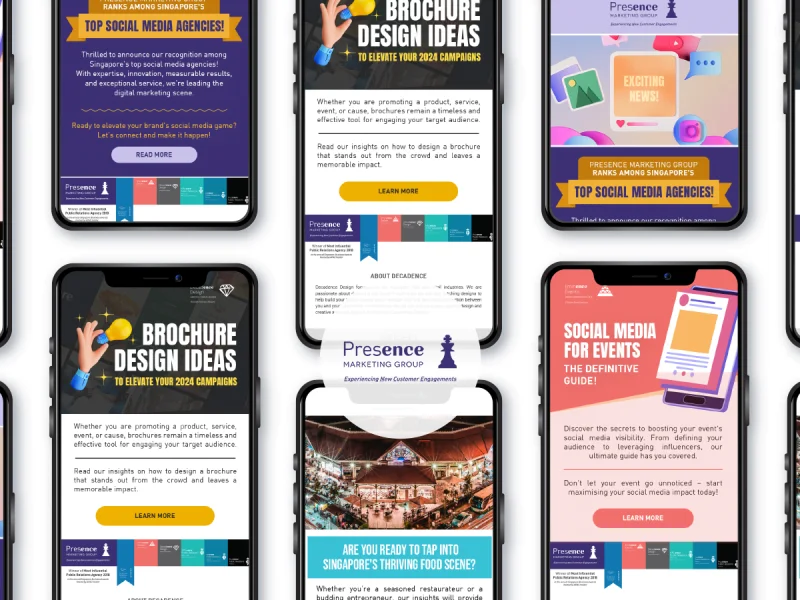In the ever-evolving landscape of digital marketing, email remains a cornerstone for businesses to engage with their audience. However, as technology advances and consumer behaviour shifts, it’s crucial for marketers to adopt a mobile-first mindset when crafting their email campaigns. With the majority of emails now being opened on mobile devices, optimising your email marketing strategy for smartphones and tablets has become essential for success.
Understanding the Mobile-First Imperative
The rise of mobile devices has fundamentally changed how people interact with content, including emails. According to recent studies, more than 60% of email opens occur on mobile devices. This shift in consumer behaviour underscores the importance of prioritising mobile optimisation in email marketing efforts.
Embracing a Mobile-First Approach to Email Design
A mobile-first mindset involves designing and formatting emails with the mobile user experience as the primary focus. This means creating emails that are visually appealing, easy to read, and optimised for smaller screens. Neglecting mobile optimisation can result in decreased engagement, higher unsubscribe rates, and missed opportunities to connect with your audience.
Key Strategies for Mobile-Friendly Emails
To ensure your emails are optimised for today’s devices, consider implementing the following strategies:
- Responsive Design: Use responsive email templates that automatically adjust layout and formatting based on the device used to view the email. This ensures a consistent and visually appealing experience across various screen sizes.
- Simplify Content: Mobile users have limited screen space, so it’s essential to keep your email content concise and focused. Use clear and compelling headlines, brief paragraphs, and prominent calls-to-action to grab attention and encourage interaction.
- Optimise Images: Heavy images can slow down load times and make emails appear cluttered on mobile devices. Optimise images for faster loading speeds and consider using alternative text (alt text) to ensure accessibility for users with visual impairments.
- Clickable CTAs: Make sure your calls-to-action (CTAs) are easy to tap on touchscreen devices. Use large, prominent buttons with clear text to encourage clicks and conversions.
- Preview Text: Craft compelling preview text that provides a glimpse of the email’s content and entices recipients to open it. This snippet appears alongside the subject line in many email clients and can significantly impact open rates.
- A/B Testing: Experiment with different elements of your emails, such as subject lines, CTAs, and visuals, to identify what resonates best with your audience on mobile devices. A/B testing allows you to optimise your campaigns based on real-time data and insights.
- Opt-out of Desktop Optimisation: While it’s important to ensure your emails are accessible on all devices, focusing solely on mobile optimisation allows you to streamline your design and prioritise elements that are most critical for mobile users.
The Bottom Line
In today’s mobile-centric world, adopting a mobile-first mindset is no longer optional for email marketers—it’s a necessity. By prioritising mobile optimisation in your email marketing strategy, you can deliver a seamless and engaging experience for your audience, driving higher open rates, click-through rates, and ultimately, conversions.
HIT THE GROUND RUNNING WITH AN EMAIL CAMPAIGN THAT GENERATES IMMEDIATE LEADS!
Let’s Have a Chat To See How Your Business Can Benefit From Email Marketing Today!
Get a head start for your brand. Start selling today!
Remember, the key to success lies in understanding your audience’s preferences and behaviours and adapting your approach accordingly. By continually testing and refining your email campaigns, you can stay ahead of the curve and maximise the effectiveness of your email marketing efforts in an increasingly mobile world.
Mastering the Mobile-First Mindset: Optimising Your Email Marketing Strategy for Today’s Devices
XML link | All feed


